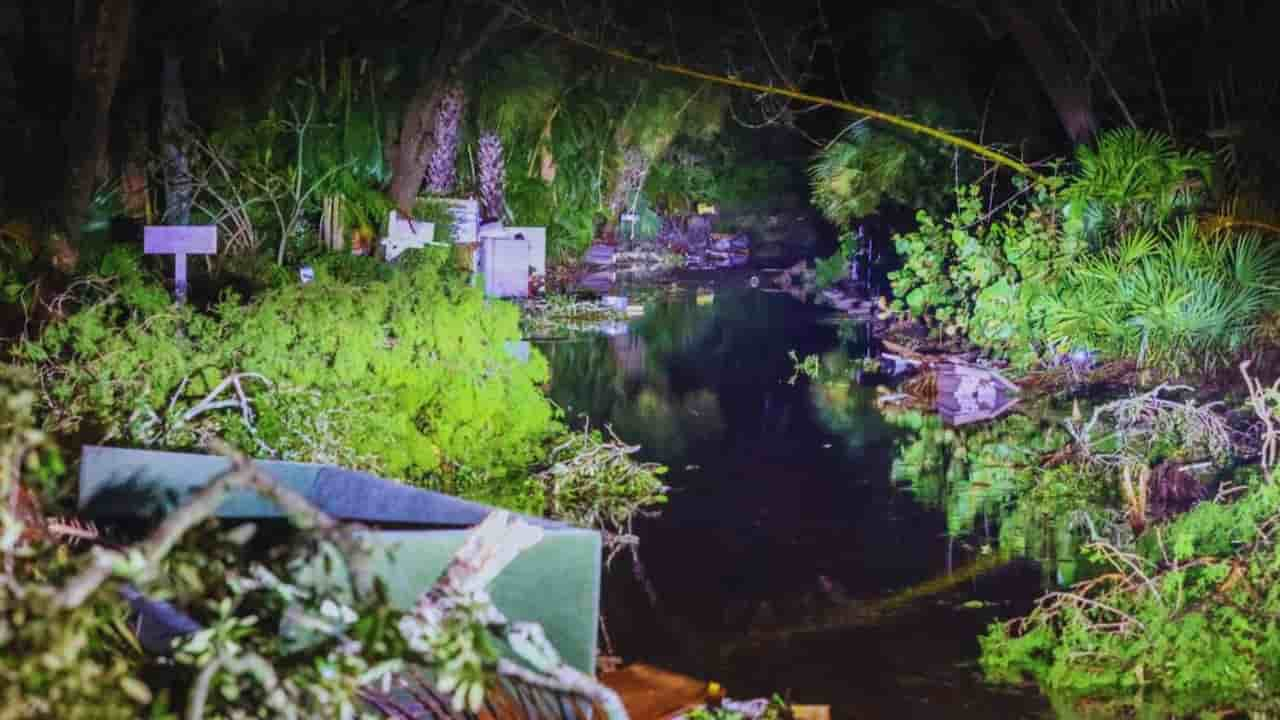Hurricane Milton’s Surprise: When Nature Pulls a Fast One on Tampa
As a seasoned news reporter, I’ve seen my fair share of hurricanes. But Hurricane Milton slammed into Florida’s west coast on October 10, 2024, and threw us all for a loop. Here’s the scoop on how this storm played a trick on Tampa Bay and left weather experts scratching their heads.
The Build-up
We’d been glued to our screens for days, watching Milton churn through the Gulf of Mexico. Forecasters warned that Tampa Bay could face a storm surge up to 15 feet high. Residents scrambled to board up windows and stock up on supplies. The city held its breath, bracing for the worst.
The Twist
But Mother Nature had other plans. Instead of pushing massive waves onto Tampa’s shores, Milton did something unexpected. It sucked water away from the coast. That’s right – the bay emptied in some areas.
“I’ve never seen anything like it,” said resident Sarah Thompson. “One minute, the water was there, and the next, it was gone. It was eerie.”
This strange event is called a “reverse surge.” It happens when a hurricane’s winds blow water away from the shore instead of towards it.
The Science Behind the Surprise
To understand what happened, we need to look at how hurricanes work. These massive storms spin counterclockwise in the Northern Hemisphere. When they hit land, this spinning motion pushes water in different directions.
Think of it like this: if you draw a circle that crosses a line, your pencil moves towards the line at one point and away at another. That’s similar to how hurricane winds move water near the coast.
Dr. Emily Chen, a meteorologist at Tampa Bay University, explained it this way: “The strongest winds are in the hurricane’s eyewall. Depending on where the storm lands, these winds can either push water onshore or away.”
Location, Location, Location
So why did Tampa Bay see water levels drop instead of rise? It all came down to where Milton hit land.
The storm’s center landed near Siesta Key, about 70 miles south of Tampa. Tampa ended up on the side of the storm where winds blew offshore.
“It’s like a giant vacuum cleaner,” said Chen. “The winds were so strong, they sucked the water out of the bay.”
Not the First Time
Believe it or not, this isn’t the first time Tampa Bay has seen this phenomenon. Similar events happened during Hurricane Irma in 2017 and Hurricane Ian in 2022.
“Each storm is unique,” Chen noted. “But Tampa Bay’s shape and location make it particularly prone to these reverse surges under the right conditions.”
A Double-Edged Sword
While Tampa Bay dodged the bullet of severe flooding, areas south of the landfall weren’t so lucky. Fort Myers Beach saw storm surges between 5 to 10 feet high.
The receding water in Tampa Bay brought its risks. Some curious onlookers ventured out onto the exposed bay bottom, a dangerous move.
“That water will come back fast and furious,” warned local police chief Mark Rodriguez. “It’s not worth risking your life for a unique photo op.”
The Aftermath
As Milton moved inland, Tampa Bay’s water levels quickly returned to normal. However, the storm left behind a trail of destruction across Florida’s west coast.
Clean-up efforts are now in full swing. Emergency crews are working around the clock to clear debris, restore power, and help those displaced by the storm.
Looking Ahead
Hurricane Milton serves as a stark reminder of nature’s power and unpredictability. While meteorologists can forecast a storm’s path with increasing accuracy, the exact impacts at any given location remain hard to pin down.
“This event highlights why it’s so important always to be prepared,” emphasized Chen. “Even if a storm doesn’t behave exactly as predicted, it’s still a dangerous force of nature.”
Scientists will study Milton’s unusual behavior as Florida begins its recovery process to improve future hurricane forecasts. One thing’s for sure – this is one storm Tampa Bay won’t soon forget.
Stay safe out there, folks. Mother Nature always has a few tricks up her sleeve.
Table of Contents
